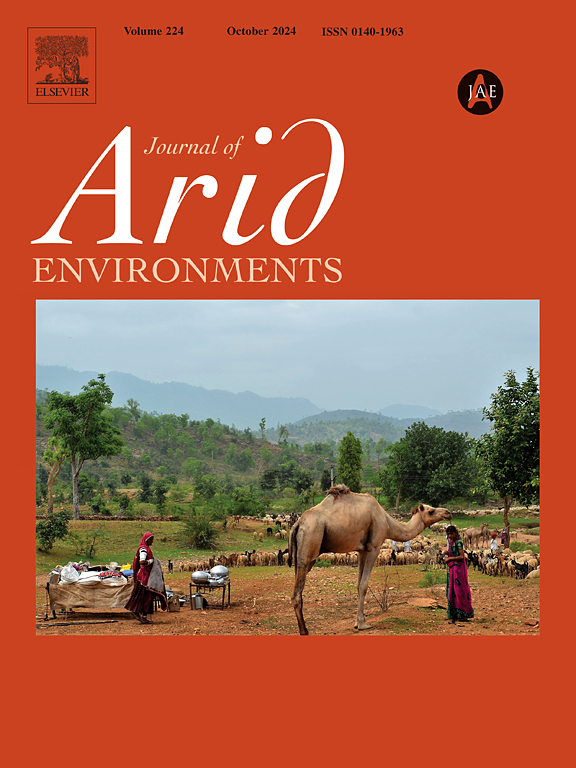Factors controlling spatio-temporal variations of sandy deserts during the past 110 Years in Xinjiang, Northwestern China
Lv, Nana , Lu, Huayu , Pan, Wei , Meadows, Michael E
2022-06-01 null null 201(卷), null(期), (null页)
Xinjiang, northwestern China, has the largest area of sandy desert landscapes in the northern hemisphere mid-latitudes and is known to be subject to so-called sandy desertification. Longer-term records of changes in the distribution of sandy desert landscapes are required to develop a more comprehensive understanding of mech-anisms underlying their spatial and temporal dynamics. Here, we integrate a diverse range of data sources, including historical maps, documentary accounts, government statistics, remote sensing data, global climate reanalysis data, and field reconnaissance data, to reconstruct 110 years of spatial variations in sandy desert distribution in Xinjiang. Our results show that, overall, there has been a 22.3% reduction in the area of sandy desert in Xinjiang over the past 110 years. Cross-wavelet and linear regression analyses reveal that vegetation changes are the major determinants of sandy desertification during this period and that, in contrast to previous studies in the region, aeolian factors and human-induced degradation are less important drivers than previously reported. Ecosystem management has markedly constrained sandy desert expansion even against a background of population increase. The suggested comprehensive approach may be useful in improving understanding of sandy desert dynamics and associated desertification forcing mechanisms in arid and semiarid regions globally.
相关推荐
- Diverse Climatic and Anthropogenic Impacts on Desertification in the Middle Reaches of Yarlung Zangbo River Catchment on the Tibetan Plateau [2022-06-01]
- Global desert variation under climatic impact during 1982-2020 [2022-06-01]
- Tracking the Provenance of Aeolian Loess in Northeastern China by Uranium Isotopes [2022-06-01]
- A new estimate of global desert area and quantity of dust emission [2022-06-01]
- Weakened dust activity over China and Mongolia from 2001 to 2020 associated with climate change and land-use management [2022-06-01]



